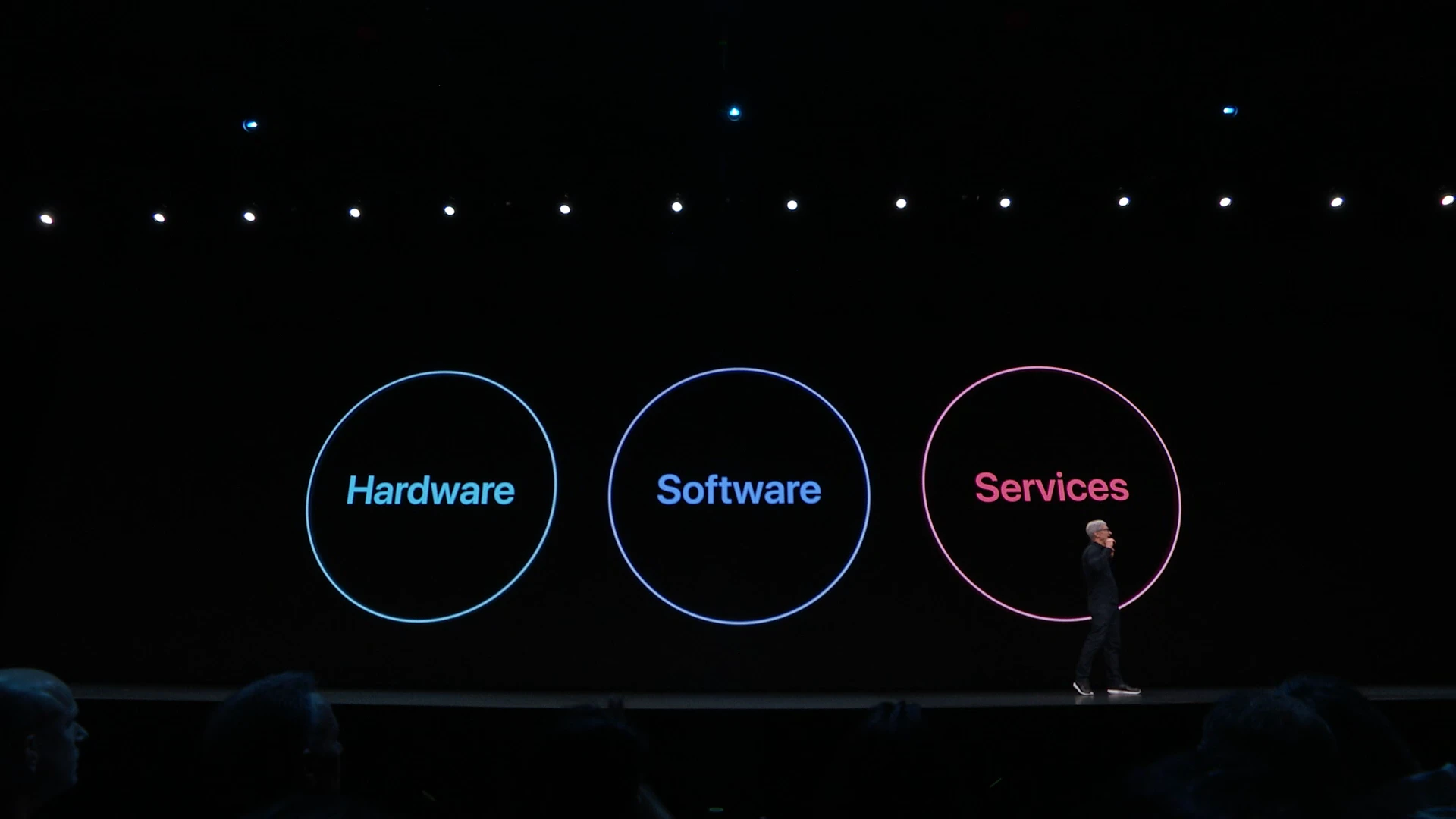The Integration of Hardware, Software and Services

An unpopular opinion that my past self would strongly disagree with, and perhaps my future self might too:
The days when we needed to integrate hardware, software, and services are over. Apple has shown that this approach is harmful to consumers and innovation today, and the same holds true for Nintendo. We only need open platform hardware that allows users to run whatever software they want and use whatever services they prefer. While I believe Valve’s monopoly needs to be strongly challenged, Valve’s success with its own games, Steam, and the Steam Deck shows that a company can succeed in all three areas without locking them together. Future Nintendo devices should be open by default, capable of running Linux or Android games without using any exploits, and future Nintendo games should be available on PC. Square Enix’s investment in Playtron shows they understand what’s coming.
Apple makes great hardware and software, and its services—like iCloud with Advanced Data Protection, iMessages with end-to-end encryption, high-quality Apple TV+ shows, and the DRM-free iTunes Music store—are truly exceptional. However, when these are integrated together, they create a monopoly. Apple today relies on “service revenue” to maintain its stock price, but much of this revenue isn’t genuinely about services. Instead, it largely comes from Google paying Apple to sustain their own illegal monopoly, and from the 30% “protection fees” charged on free-to-play games—essentially “casino games for children”—at the cost of undermining the rights and choices of users, developers, and creators. This situation is harmful to our civilization because, by being the only option for installing apps, the App Store becomes a tool for censorship and discrimination.
The Nintendo Switch was a major innovation in 2017. The concept of a small device that can be a portable console, a home console, and a tabletop system for friends to play together was definitely the right direction for gaming consoles. However, by 2024, the Nintendo Switch is underperforming and lagging behind the potential of Nintendo’s own games. Titles like Xenoblade, Pokémon, and Zelda could be significantly better if they can run on modern smartphone hardware, let alone on PCs, instead of on a 20nm processor released in 2015.
Sony announced the PlayStation 5 Pro this week, offering significant graphics upgrades for a dozen games. However, many of these titles can already be upgraded on a modern PC, thanks to Sony’s development of PC ports for PlayStation titles.
Joy-Con and DualSense controllers are fun and it’s fantastic that there are dedicated games that take advantage of their unique designs. However, they should use open standards like Bluetooth or USB and support general devices like PCs and phones. And guess what? They already do.
Today, we have a blooming market of dedicated handheld gaming consoles. If you follow NPC (Next Portable Console), you’ll notice new handhelds being released between every two episodes. These devices run on Linux, Android, or Windows and each supports a game library larger than that of the Nintendo Switch, PlayStation, or Xbox. This trend is just beginning, and we will see even more devices in the future. Eventually, these open systems will collectively become a larger market than traditional locked-down consoles, and no single vendor will be big enough to establish a monopoly.
I believe the future of technology lies in open systems that prioritize user choice, innovation, and competition over monopolistic control. As demonstrated by the evolving market of handheld gaming devices and platforms like Steam, Epic and GOG, there is a growing demand for hardware that supports diverse software ecosystems without restrictive barriers. This shift will empower developers and creators to have more freedom and flexibility and let consumers retake the control over their own devices and contents.